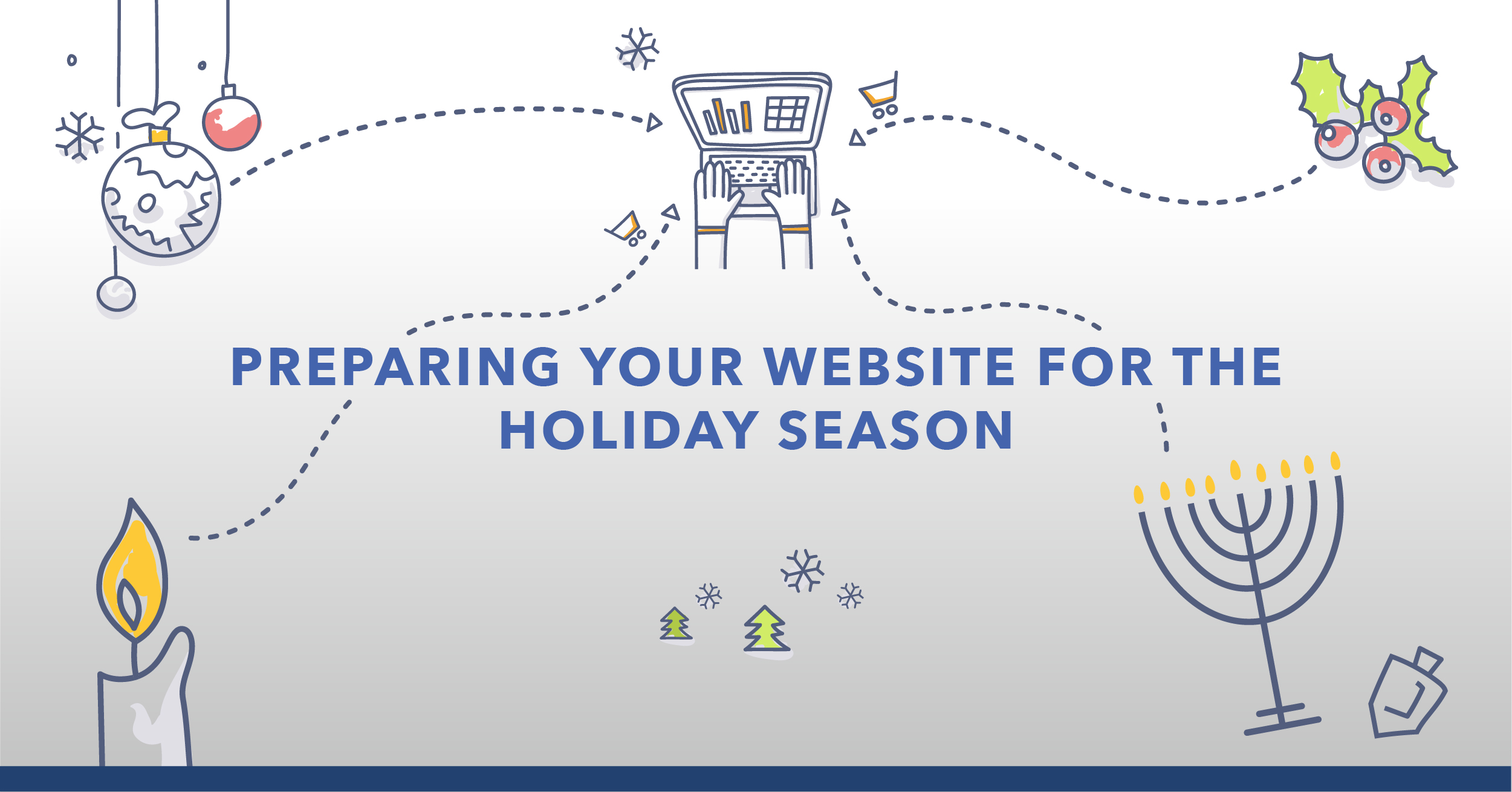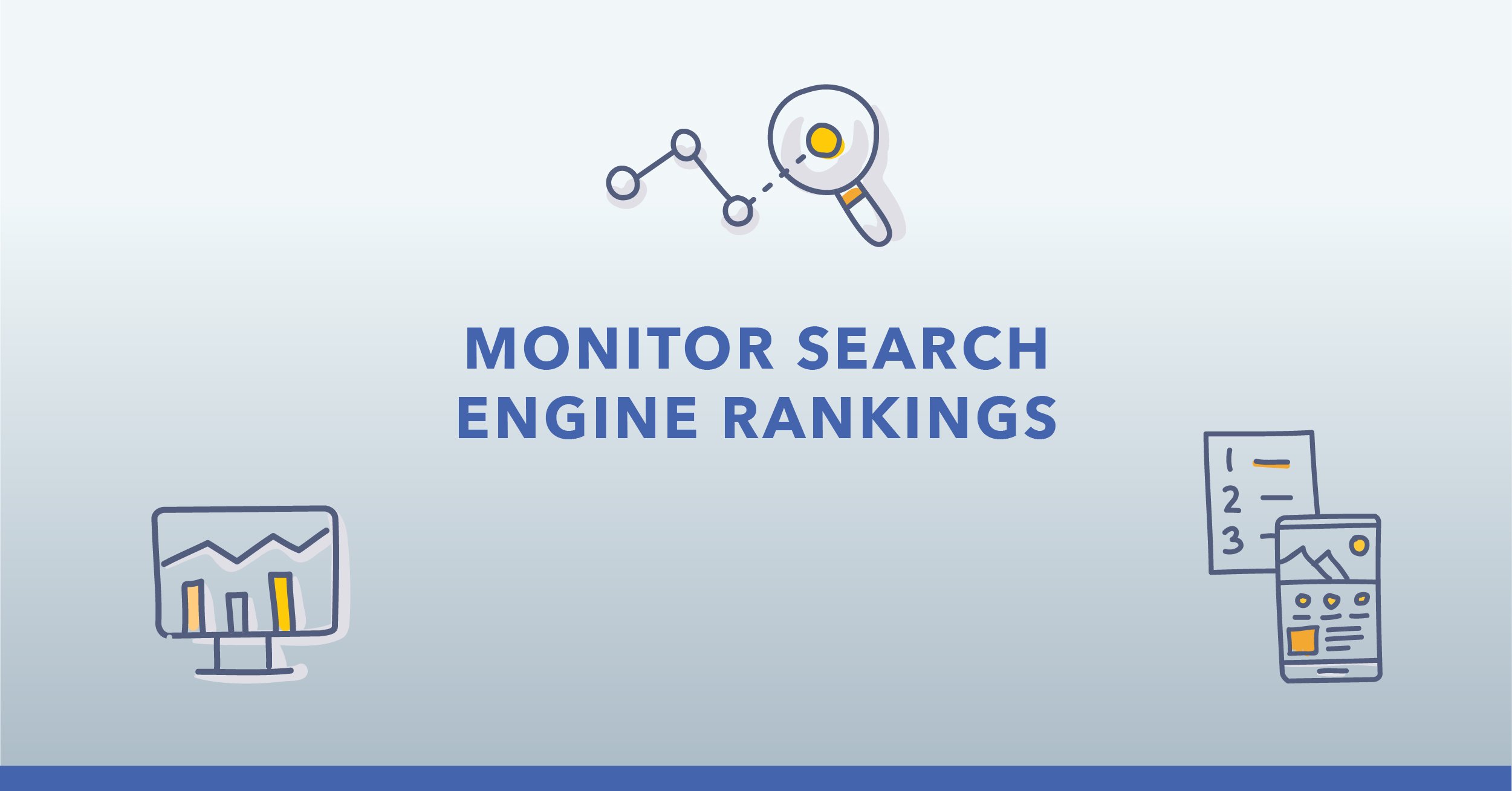Over the years, Google has made many advancements in understanding a site's authority on a topic.
These improvements hinge on sophisticated algorithms that leverage artificial intelligence and natural language processing to grasp the context and its quality.
So how do you ensure your users AND Google see your site as authoritative on the topics that matter most to you?
Enter topic clustering.
This approach helps search engines and users alike understand the breadth and depth of your expertise on a topic, making your site more likely to be recognized as an authoritative source.
In this guide, we’ll show you how to incorporate topic clustering into your content strategy and walk through the process of creating these clusters at scale.
Table of Contents:
What Are Topic Clusters?
Topic clustering is the process of combining related keywords (or topics) with similar search intent together to:
- Reduce the long list of results returned from keyword research tools
- Make those keyword lists more actionable.
Then, you create relevant content to target the entire cluster.
The main idea behind topic clustering is that since the keywords have a similar intent, you can address (and rank for) multiple aspects of a topic within a single piece of content or a closely linked cluster of content.
The end result of the clustering process is to narrow the focus of large keyword lists to a highly actionable set of topics and pages to target.
How to Identify Topic Clusters at Scale
Manually creating topic clusters from a large number of keywords is arduous and time-consuming. Plus, it's easy to miss relationships that Google sees.
seoClarity’s Topic Clustering capability automates this process by grouping keywords based on Google's perception of their semantic relationships.
Unlike other topic clustering tools, we also add an analysis of how Google shows actual SERP results for the set of keywords and factor that into our clustering. The end result? Groups of keywords that Google actually sees as closely related.
Content and interlinking strategies built around such a view have a much higher chance of earning organic search traffic.
Watch this short video to see Topic Clustering in action:
Jump down to learn about additional ways that seoClarity streamlines the process of identifying topic clusters.
Why Is Topic Clustering Important for SEO?
It’s easy to end up with an extensive keyword list when searching for new phrases to target.
The challenge lies in managing and effectively strategizing around an overwhelmingly large list of keywords to identify and prioritize the most impactful phrases for targeting.
Clustering keywords can deliver incredible benefits such as:
- Building search dominance. Topic clustering helps you understand what content you need to create for your domain to dominate a particular topic by providing comprehensive and targeted information.
- Scaling content production. Uncovering the exact pages that you need to create to cover an entire topic allows you to quickly create effective content strategies to build authority around that topic cluster.
- Improving the performance of the existing content. Clustering keywords you already target helps you uncover which pages could be merged or updated to improve keyword relevancy.
Below, we’ll explore how to incorporate topic clustering into each stage of your content strategy.
How to Enhance Your Content Strategy With Topic Clustering
Understanding the process of topic clustering is just the beginning; the real magic happens when you seamlessly integrate this powerful strategy into your content creation process.
In the context of content marketing, topic clustering can help with every single stage of the content lifecycle.
In our simple content optimization framework, we refer to each of these stages as follows:
- Seed: Creating quality content for your site to boost search visibility.
- Feed: Refine that content using a content analysis tool and interlink it with related content on your site.
- Splice: Identify pages with a higher-than-average keyword count and create an even stronger cluster by targeting some of those search queries with new content.
- Prune: Remove low-quality, redundant, outdated, and irrelevant content that isn’t performing to avoid wasting your site’s crawl budget.
- Refresh: Identify content where organic traffic and rankings are dipping and re-optimize it.
Let’s dive into how keyword clustering enhances each of these stages.
Topic Clustering in the Seed Stage
Topic clustering helps you conduct a comprehensive content coverage audit to gauge how your site is performing across various topical groups – and how it stacks up against the competition.
For example, when it comes to the topic of “Chicago activities,” there are nearly 3,000 related keywords in the seoClarity platform. Those will boil down to numerous semantically and/or SERP ranking-based groupings.
.png?width=285&height=497&name=Screenshot%2017-06-2024%20at%2010.34%20(1).png)
A travel site could then look at each topical group pertaining to the representative keyword to review its performance, compare the performance to its competitors, and identify which clusters it needs to focus on to win more visibility.
Topic clustering also helps SEO content strategists identify gaps in the content on their site so that they can pinpoint exactly where new content is needed.
Here we see that this site ranks for the main keyword, "guys hoodies on sale," but not for any of the other keywords Google sees as related. These related keywords provide great opportunities to either create new pages or expand the content on your existing page to rank for more and drive more traffic.

This process transforms an overwhelming list of keywords into a focused, strategic roadmap for content creation, guiding Content Strategists in crafting content that fills existing gaps and significantly boosts your site's authority and engagement.
Topic Clustering in the Feed Stage
The feed stage is all about refining your content to improve its performance. Topic clustering simplifies this process by helping you identify which topic groups are underperforming.
For example, this site has a page that ranks second for one keyword, "easy dinner recipes," but is only on the second page for the other two related keywords.

When you notice a page within a topical group struggling to rank for its targeted keywords, that's your cue for action. It's an opportunity to improve the content to boost its relevance and effectiveness.
Content Fusion makes this process easy by leveraging advanced machine learning and AI to swiftly analyze topics, identify essential concepts and terms for authoritative copy, streamline research by providing an overview of what’s already been written, and more.
Topic Clustering in the Splice Stage
When a single page ranks for diverse topic clusters, it's an indication of mixed user intents.
To clarify and enhance the page's focus, consider dividing it into several pages, each tailored to a specific topic cluster. This precision helps improve rankings by aligning your content more closely with distinct user searches.
Topic Clustering in the Prune Stage
If you notice that multiple pages rank for a specific topic cluster, you have two options:
- Remove or “prune” the less effective pages
- Combine the content on the lower-performing pages with the stronger ones
Taking one of these actions will help prevent keyword cannibalization – aka when your own pages compete against each other in search engine rankings, reducing the visibility and effectiveness of each.
Topic Clustering in the Refresh Stage
As previously stated, topic clustering helps you identify where the performance for a given topic is falling.
Make sure to regularly revisit your keyword clusters to determine if market, industry, or Google algorithm shifts have changed what is clustered together. This ongoing assessment ensures your content remains relevant and competitive.
If you observe a decline in the performance of a topic cluster, it serves as a clear signal to refresh the associated content.
More Ways seoClarity Scales Topic Clustering
Ready to start incorporating topic clustering into your content strategy?
If you work at an enterprise company and are faced with the daunting task of analyzing and sorting the intent of keyword lists that include hundreds of thousands of phrases, you might not know where to begin.
Don’t panic.
seoClarity streamlines the process of keyword clustering at the enterprise level of scale. We’ve already talked about a few ways we do this throughout this post, but here are a few more.
Identify Keyword Patterns
Topic Explorer’s keyword patterns functionality allows you to analyze the common patterns and templates related to your selected topic. This helps you gain insights into the most popular ways people search for information on that topic.
Get a Clear View of How Users Search
With the addition of Sia (our AI-powered SEO assistant), keyword research is enhanced even further with insights into the entire user search journey for your term.
In the "Journey" section, Sia predicts what search queries the audience will look up before searching for your keyword and after using clickstream datasets. This is a great way to understand how to expand topic clusters and build your site hierarchy.
Evaluate Cluster Performance With Dynamic Grouping and Segmentation
Segmentation lets you break long keyword sets into smaller combinations based on specific characteristics by geo, category type, site hierarchy, intent, search volume, and more.
By segmenting and grouping keywords, you can take a new look at the cluster’s performance and evaluate it from practically every angle—by a specific metric, a keyword type, a phrase in the keyword, relevance to a particular page, and more.
seoClarity allows you to dynamically group keywords in real-time to instantly deliver all their relevant data.
To better understand the power of dynamic segmentation, see how it helped this major retailer save over 960 hours of work.
Conclusion:
Topic clustering helps scale down large keyword lists into a more actionable set of phrases to target.
Incorporating topic clustering into your content strategy demonstrates your site's authority to Google by organizing content into coherent, topic-focused groups, signaling depth of expertise and relevance in your subject area.
To see first-hand how seoClarity makes it simple and easy to scale the topic clustering process, schedule a free demo today!
<<Editor's Note: This post was originally published in April 2024 and has since been updated.>>








Comments
Currently, there are no comments. Be the first to post one!